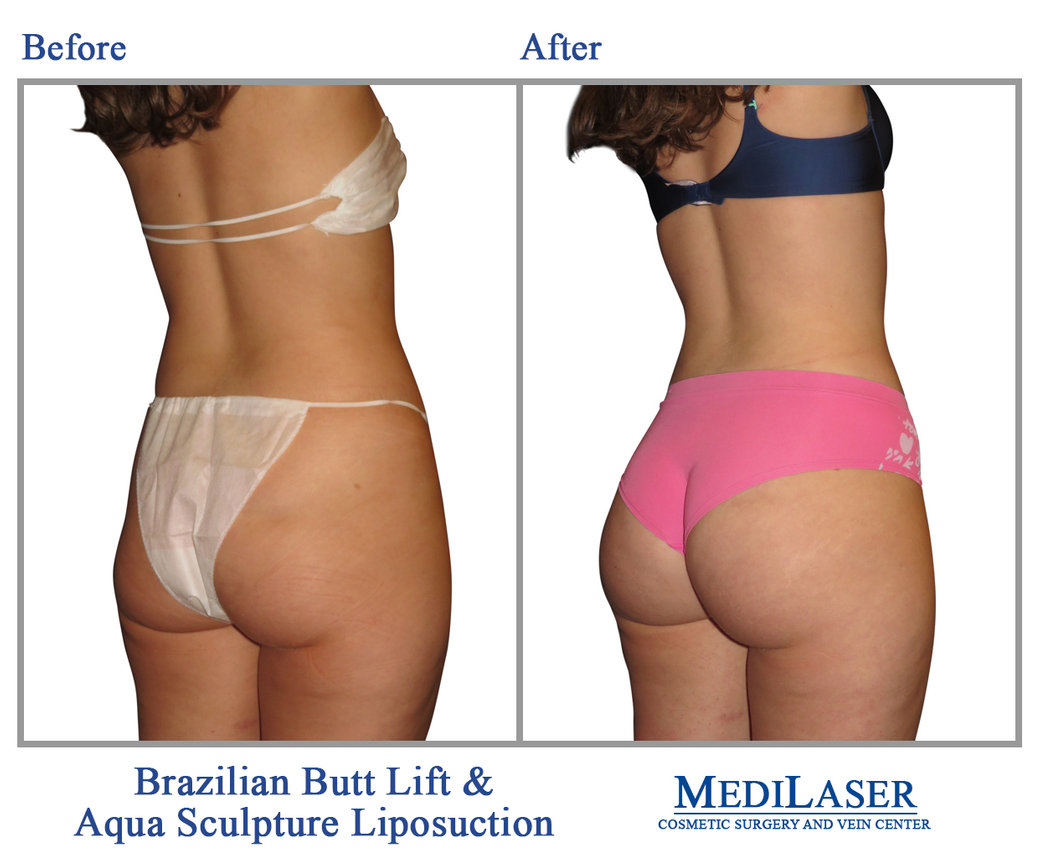
Composite implants are one of most effective ways to correct an Asian nose. Using cartilage from the nose or ribs can be a great option for augmentation. Most often, Dr. Chow will alter the nose's tip shape with cartilage. He is able to use cartilage from various sources to augment and shape the nose.
Autologous rib cartilage
Asian rhinoplasty has been called one of the most difficult facial plastic surgeries. Many Asian patients seek to achieve a more refined and high nasal bridge. You can achieve the desired results using a variety of augmentation techniques. Autologous rib cartilage is one of the most versatile graft material. This tissue can be used to augment and create new dorsal height.

Sliced cartilage fascia
The dorsum is the bony portion of the nose, which runs between the eyes and ends at the tip. A surgeon can enhance the dorsum by either placing a synthetic implant or adding diced cartilage fascia grafts. The latter is a more natural-looking procedure because the surgeon can sculpt the cartilage to the patient's desired shape and size.
Shield grafts
Shield Grafts are a popular choice for Asian nose surgery. They can also be used to restore the tip's normal size and height. To make a new dome, a cartilaginous protector is used. The graft may be smooth or curved, or it could be flat and ridged. It can be one layer, or several layers. The surgeon will determine how many layers are necessary based on the amount of projection that is needed.
Skin grafts
Not all Asian nose skin grafts work. The Asian nose has a very thick envelope, making it difficult to use traditional methods to narrow it. To reduce the size of the tip, but preserve the thickness and soft tissue, the doctor may use structural cartilage grafts. He may also use a combination or both of these techniques to enhance the appearance of your nose.
Silicone nasopharynx
An Asian patient had complained after undergoing rhinoplasty that a silicone implant in the nasopharynx had moved. This was due to an error by another surgeon. After surgery, the contour of this area was fine at first, but it became more irregular after one year.

Alar base modification
There are many methods that can narrow or modify the alar base and nostrils. But, there have not been any studies specifically targeting Asian patients. The combined sill/alar excision technique, which can be used to treat wide nostrils and flared alars in Asian patients, may prove beneficial. In a retrospective cohort, this technique was tested.